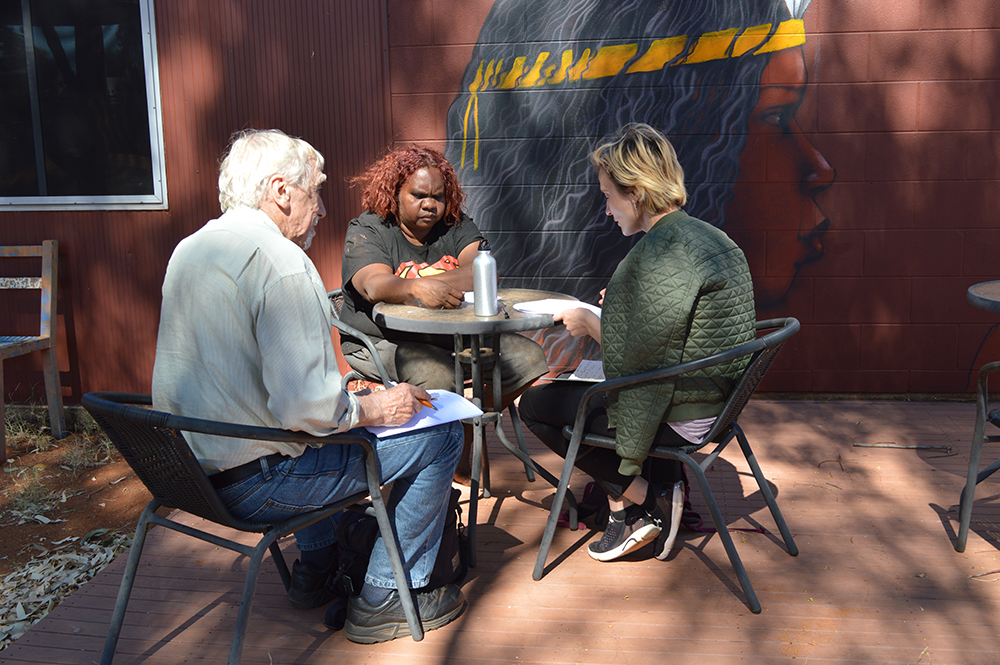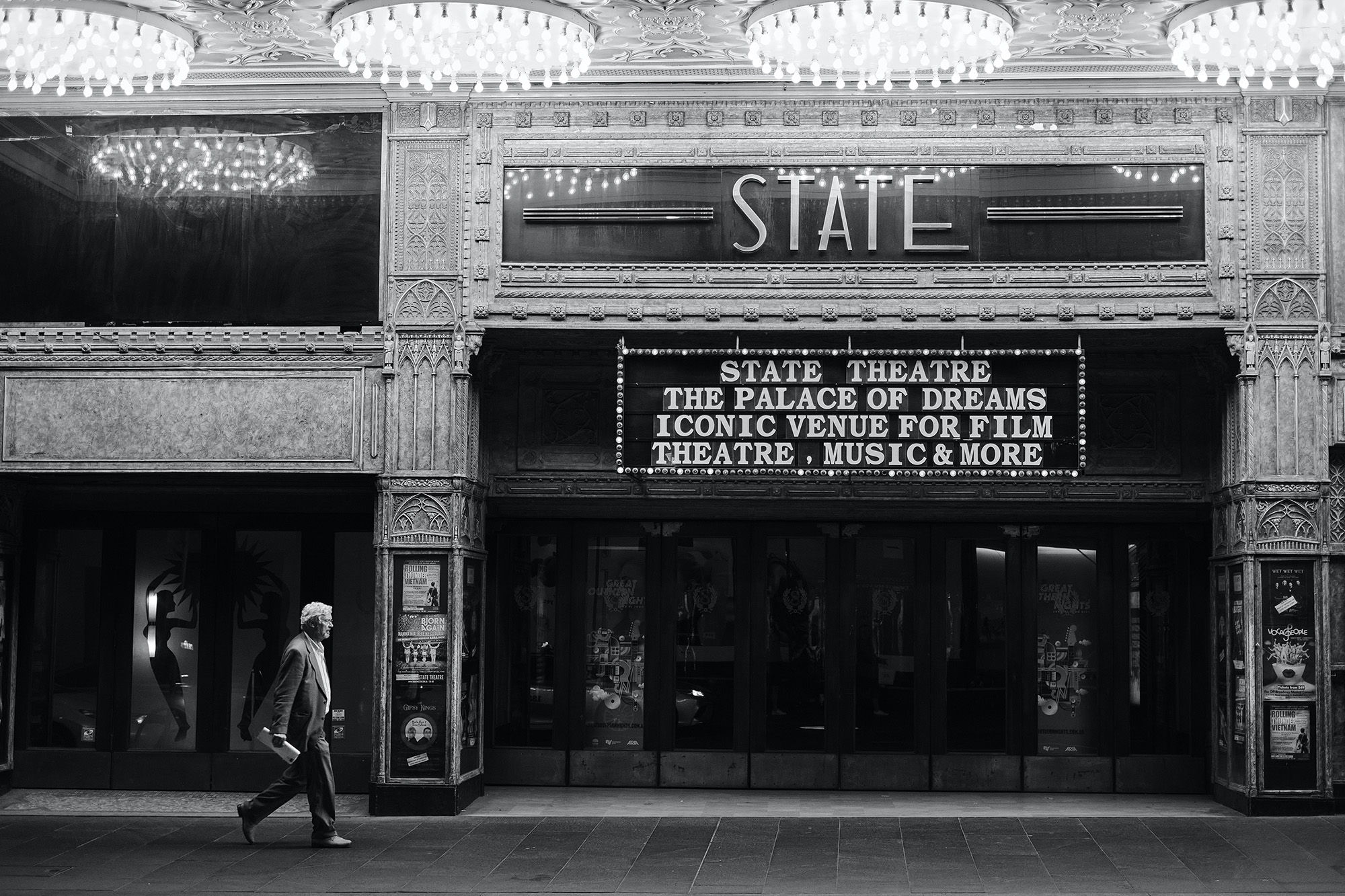Valuing the arts
Distinguished Professor David Throsby’s pioneering research on the relationship of culture and economics has changed how policymakers, arts organisations and researchers think about the cultural value of the arts.

Understanding Australia’s artists
We stream music and listen to audiobooks, flock to free festivals, and attend live concerts, theatre and dance. 98 per cent of Australians engage with the arts. 84 per cent agree that the arts make a positive difference to individuals and society.
Yet, as Macquarie University’s cultural economists have shown, while Australians greatly value the arts, Australian artists increasingly struggle to make a living from their creative work.
‘Making Art Work’
For four decades, Professor Throsby has been partnering with Creative Australia (formerly the Australia Council for the Arts) to survey Australia’s professional artists.
How many practising professional artists are there in Australia? How much of their working time do they spend on their creative work, as opposed to other income generating work? What percentage of artists identify with disability or a CALD (culturally and linguistically diverse) community?
Across seven surveys, this work has provided comprehensive, up-to-date accounts of what it is like to be a professional artist in Australia.
In the Making Art Work (2017) survey, Professor Throsby, along with fellow REACH (Research in the Economics of Arts, Culture and Heritage) network member Katya Petetskaya, found that creative work takes up about 57 per cent of the working time of Australia’s 48,000 practicing professional artists.
Concerningly, in 2014-15, the average total annual income of these artists from both creative and non-creative work was only $48,400. This amount was 21 per cent below the workforce average and even lower than similarly qualified practitioners in other industries.
Arts practice in remote Aboriginal and Torres Strait Islander communities
Professor Throsby and Petetskaya have also initiated a nationwide survey of individual Indigenous artists working in remote areas of Australia. They are pictured here discussing the survey with Keturah Zimran OAM, a senior artist at Ikuntji Artists in Ikuntji (Haasts Bluff, Northern Territory).

Commencing with the Kimberley region (WA) in 2015-16, the team of Macquarie researchers and Indigenous consultants, translators and interpreters are the first to document the circumstances of Aboriginal and Torres Strait Islander artists in remote communities across six regions. A National Database of Art and Cultural Production by First Nations cultural practitioners in Remote Australia will house the survey results.
The survey data are already providing essential evidence about the social and economic role of Indigenous cultural industries in remote Australia, as seen in Professor Throsby and Petetskaya’s Submission to the Federal Government’s Committee on Indigenous Affairs (2019).
This submission outlines the scope of economic and employment opportunities afforded by artistic and cultural work, as well as the challenges involved in doing this work. Indigenous-owned and controlled art centres, for instance, play a vital role in stimulating the local economy and connecting it to regional, national and international markets.
Pioneering research
Professor Throsby’s theoretical research underpins this applied research, showing why policymakers, arts organisations, researchers, and indeed the general public, need to understand the conditions and contexts of artists’ employment, and the challenges artists face.
In the 1990s, Professor Throsby published a paper in the Journal of Cultural Economics which put forward for the first time the concept of ‘cultural capital’ in economics.
 Although the term ‘cultural capital’ was in frequent use in sociology, Professor Throsby showed how capital items in culture such as a heritage building or a work of art can be interpreted as economic assets. As such, policymakers, researchers and others can assess these assets using the tools of investment appraisal familiar to economists.
Although the term ‘cultural capital’ was in frequent use in sociology, Professor Throsby showed how capital items in culture such as a heritage building or a work of art can be interpreted as economic assets. As such, policymakers, researchers and others can assess these assets using the tools of investment appraisal familiar to economists.
The distinguishing feature of cultural capital in the economic sense is that such assets embody or give rise to a form of value which Professor Throsby describes as ‘cultural value’. An asset’s cultural value is additional to its financial or economic value.
Professor Throsby’s work on the economic concept of cultural capital has been taken up and further developed in a policy context by the UK Department of Culture, Media and Sport (DCMS). Economists in the DCMS have initiated a series of large-scale research projects to examine methodologies for assessing the benefits and costs of cultural heritage conservation in England. The projects are founded on definitions and analyses that Professor Throsby introduced and has continued to work on over the past twenty years.
Culturally sustainable development
The idea of cultural capital also helps us understand sustainability. Just as it is crucial for our current generation to ensure that natural capital – water, minerals and arable land – can support economies and societies beyond our lifetimes, so too must we look after cultural capital so that these resources are available for future generations.
Professor Throsby describes the three most important principles of culturally sustainable development as:
- intergenerational equity
- non-discriminatory access to culture for the current generation
- protecting cultural diversity.
Following the 2005 UNESCO Cultural Diversity Convention, Throsby has reviewed many countries’ sustainable development policies on behalf of UNESCO. His aim has been to assess if and how these countries integrate cultural sustainability into these policies.
What does culture have to do with economics? Macquarie’s researchers have shown the importance of asking this question and opened up many new pathways to answering it.
Key partners
Level 4, 4 Eastern Road
Macquarie University NSW 2109